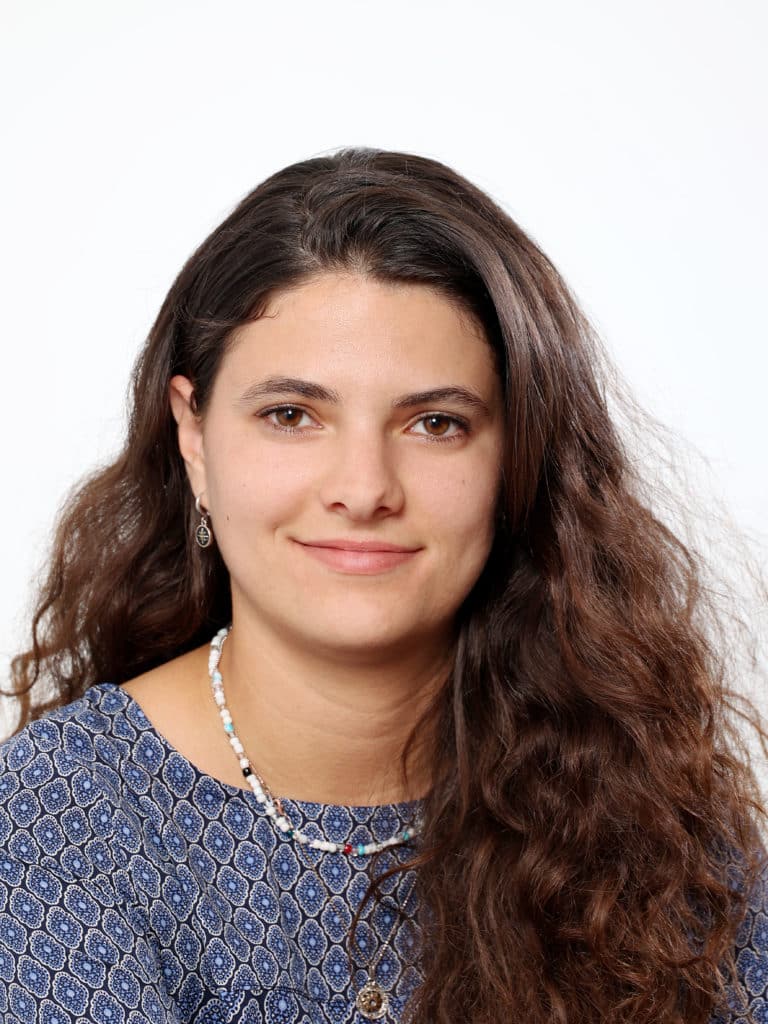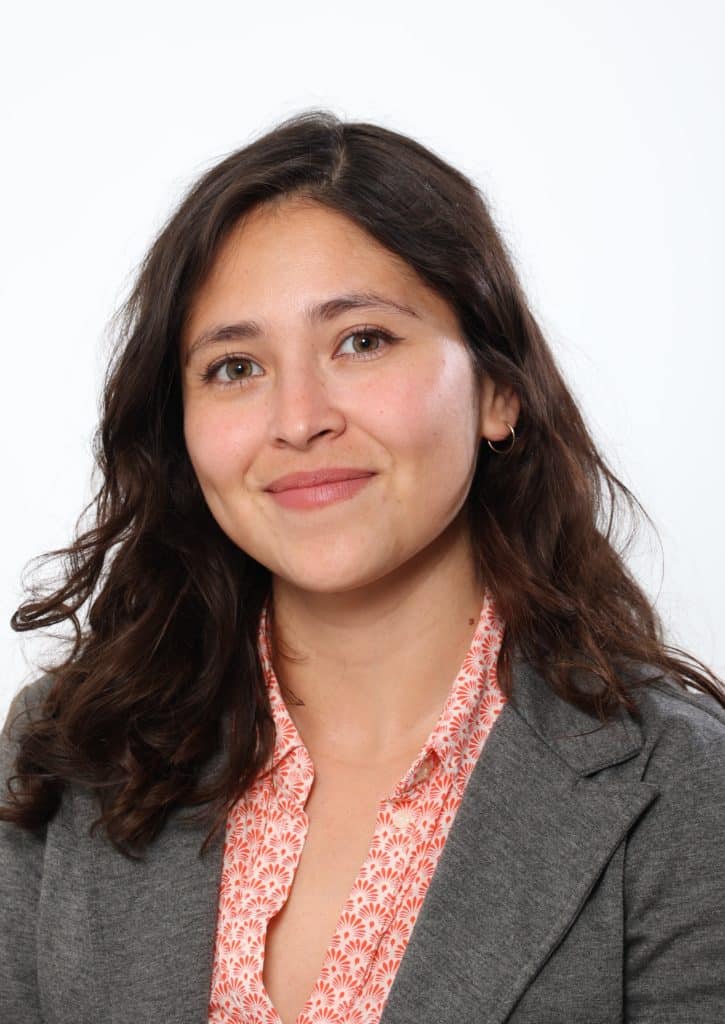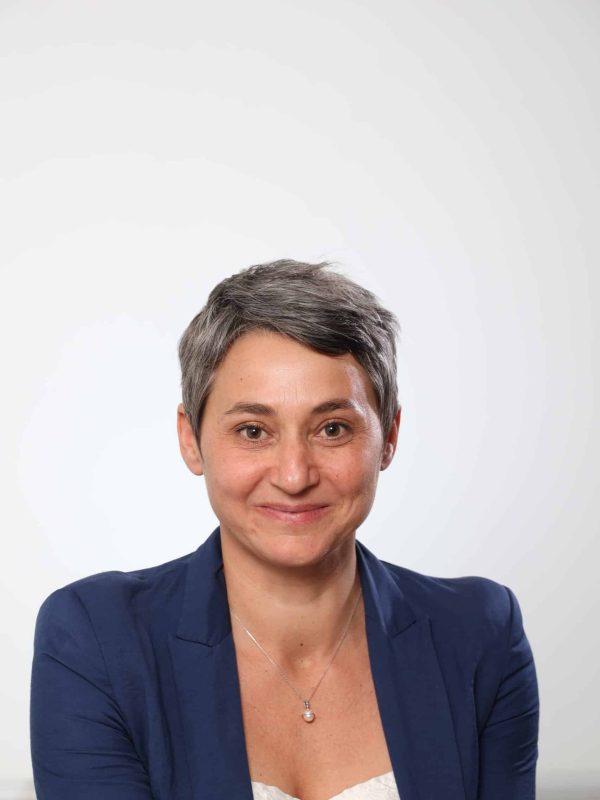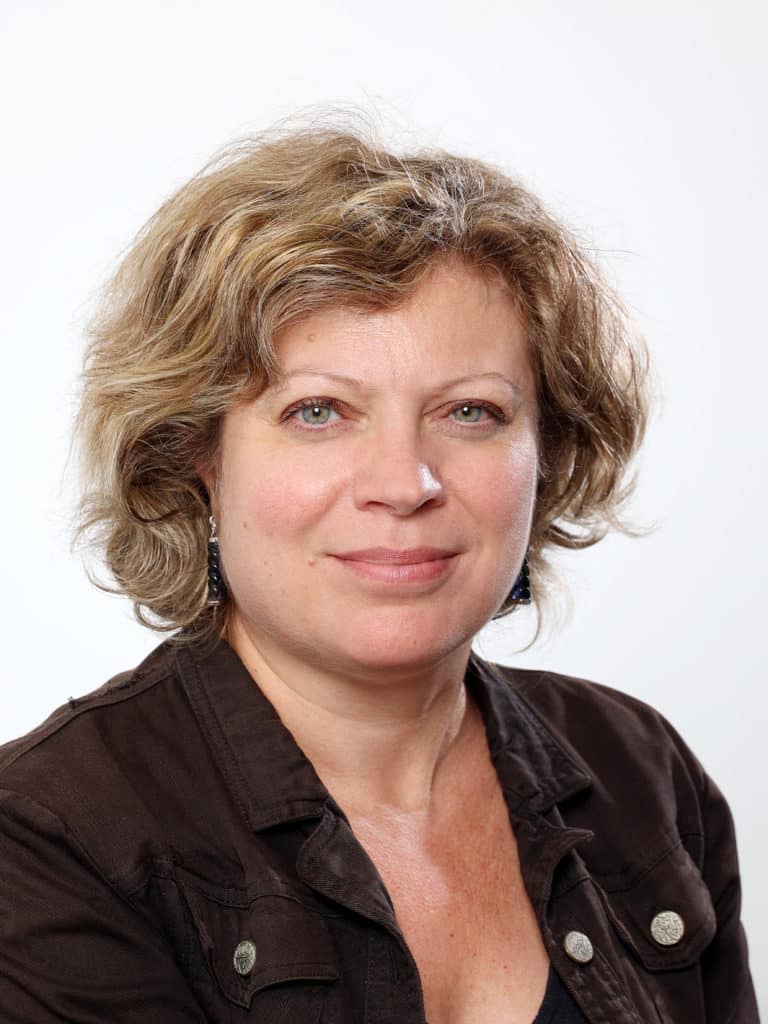Lancés par la profession de l’assurance via la MRN en 2020, les Trophées Bâtiments Résilients visent à sensibiliser à la nécessité de concevoir des bâtiments pouvant s’adapter aux risques climatiques et naturels. Après près de quatre mois d’appels à candidatures, il est temps de se pencher sur les projets en lice ! Parcourez des exemples concrets de construction résiliente et inspirez-vous de leurs solutions en attendant l’annonce des lauréats…
Des projets en France… mais aussi à l’international !
9 des 18 régions françaises sont représentées cette année : L’Auvergne-Rhône-Alpes et l’Île-de-France arrivent en tête (4 candidats chacune), suivies de la Réunion (3 participants). L’Outre-mer est aussi représentée par la Martinique, comptant 2 candidats. Viennent ensuite la Nouvelle-Aquitaine, la Bretagne, l’Occitanie et le Pays de la Loire, qui participent également avec 2 candidats chacune. Arrive enfin la région Grand Est (1 candidat).
En cette 3e édition, le concours accueille par ailleurs 3 candidats internationaux : un premier situé à Namur, en Belgique ; un deuxième venu de Contern, au Luxembourg, et un troisième situé au cœur de Casablanca, au Maroc.
Parcourez la carte et cliquez sur les pins pour découvrir les candidats :
Des aléas naturels et climatiques multiples
Les aléas les plus cités par les candidats étaient cette année les inondations et la canicule (16 bâtiments pour chacun de ces aléas) suivis des îlots de chaleur urbaine (13 candidats). De nombreux autres aléas sont également représentés : on compte ainsi 12 bâtiments intégrant des solutions face aux vents violents, cyclones ou tornades et 7 projets exposés au risque sismique.
Parmi les aléas les moins cités, on retrouve des intempéries telles que le gel, la grêle et le poids de la neige (12 projets au total). Du côté des sols, 5 bâtiments sont exposés à des cavités, des mouvements de terrain ou encore au retrait-gonflement des argiles ou sécheresse géotechnique. Enfin, les risques associés au recul du trait de côte et aux feux de forêt concernent un candidat chacun, tous deux situés en Bretagne.
A l’instar des éditions précédentes, une écrasante majorité de projets était exposée à plusieurs risques à la fois : parmi les 25 participants au concours, seul 1 candidat déclarait ne faire face qu’à un seul aléa. La construction résiliente semble ainsi évoluer vers une approche plus globale, répondant aux enjeux de multiplication des phénomènes.
Une forte participation des bâtiments neufs et tertiaires
Deux catégories de prix ont été proposées aux candidats lors de leur inscription :
- Prix Tertiaire et Industriel ;
- Prix Résidentiel.
Les bâtiments tertiaires sont cette année encore majoritaires : parmi les candidats, on compte 17 projets tertiaires contre 8 projets résidentiels (5 maisons individuelles et 3 opérations de logement collectif). Au sein de la catégorie « Tertiaire et Industriel », les projets proposés démontrent une forte diversité : les établissements scolaires représentent plus de 40% des projets, mais on retrouve aussi des immeubles de bureaux (4 opérations), une infrastructure sportive, une extension d’aéroport et même un conservatoire botanique !
Au-delà de ces deux catégories, trois autres prix pourront être remis par le jury aux candidats :
- Prix de l’Innovation ;
- Prix Rénovation ;
- Grand Prix.
A noter également : seules 3 candidatures parmi les 25 portaient sur des projets de rénovation ou d’extension. Pour l’édition 2024, la mise en place de solutions résilientes concerne ainsi très largement la construction neuve.
Et pour découvrir les lauréats de l’édition 2024 des Trophées Bâtiments Résilients, rendez-vous en octobre au salon Batimat !
Concours lancé par la Mission Risques Naturels (MRN) en 2020, organisé en partenariat avec l’Agence de la Transition Écologique (ADEME), l’Association Française pour la Prévention des Catastrophes Naturelles et Technologiques (AFPCNT), l’Agence Qualité Construction (AQC), Construction21 et la Fédération Française du Bâtiment (FFB), avec le soutien de France Assureurs et du Plan Urbanisme Construction Architecture (PUCA) du Ministère de la Transition écologique et de la Cohésion des territoires.











